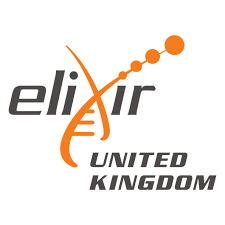GtoPdb is requesting financial support from commercial users. Please see our sustainability page for more information.
Toll-like receptor family C
Unless otherwise stated all data on this page refer to the human proteins. Gene information is provided for human (Hs), mouse (Mm) and rat (Rn).
Overview
Members of the toll-like family of receptors (nomenclature recommended by the NC-IUPHAR subcommittee on pattern recognition receptors, [2]) share significant homology with the interleukin-1 receptor family and appear to require dimerization either as homo- or heterodimers for functional activity. Heterodimerization appears to influence the potency of ligand binding substantially (e.g. TLR1/2 and TLR2/6, [19-20]). TLR1, TLR2, TLR4, TLR5, TLR6 and TLR11 are cell-surface proteins, while other members are associated with intracellular organelles, signalling through the MyD88-dependent pathways (with the exception of TLR3). As well as responding to exogenous infectious agents [3], it has been suggested that selected members of the family may be activated by endogenous ligands, such as hsp60 (HSPD1, P10809) [15].
Receptors
|
TLR1
C
Show summary »
More detailed page |
|
TLR2
C
Show summary »
More detailed page |
|
TLR3
C
Show summary »
More detailed page |
|
TLR4
C
Show summary »
More detailed page |
|
TLR5
C
Show summary »
More detailed page |
|
TLR6
C
Show summary »
More detailed page |
|
TLR7
C
Show summary »
More detailed page |
|
TLR8
C
Show summary »
More detailed page |
|
TLR9
C
Show summary »
More detailed page |
|
TLR10
C
Show summary »
More detailed page |
|
TLR11
C
Show summary »
More detailed page |
Further reading
How to cite this family page
Database page citation (select format):
Concise Guide to PHARMACOLOGY citation:
Alexander SPH, Fabbro D, Kelly E, Mathie AA, Peters JA, Veale EL, Armstrong JF, Faccenda E, Harding SD, Davies JA et al. (2023) The Concise Guide to PHARMACOLOGY 2023/24: Catalytic receptors. Br J Pharmacol. 180 Suppl 2:S241-288.







